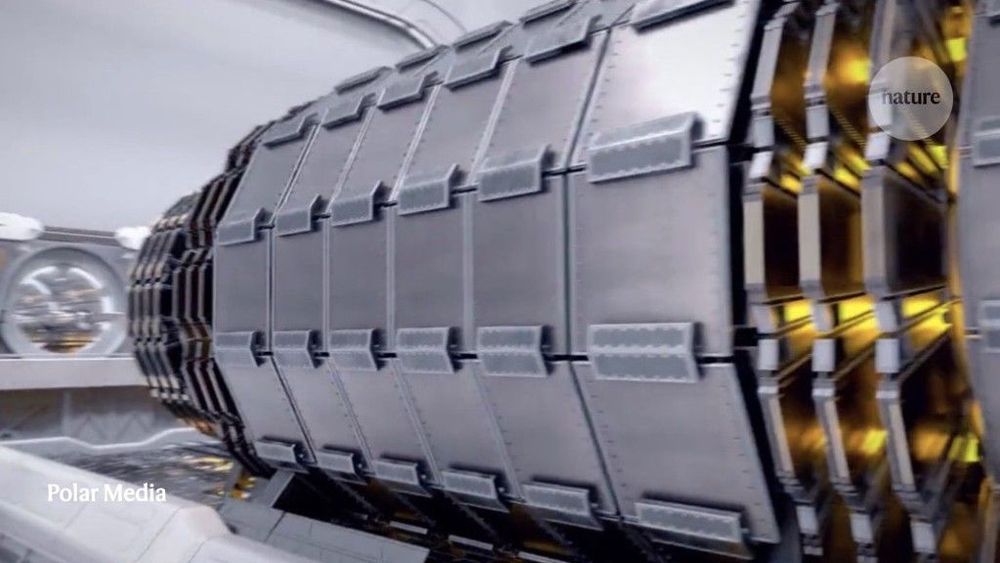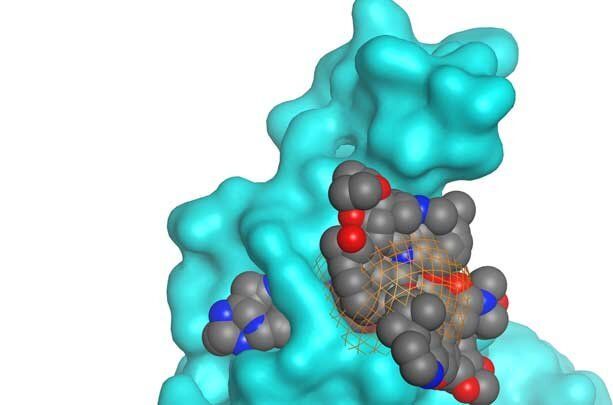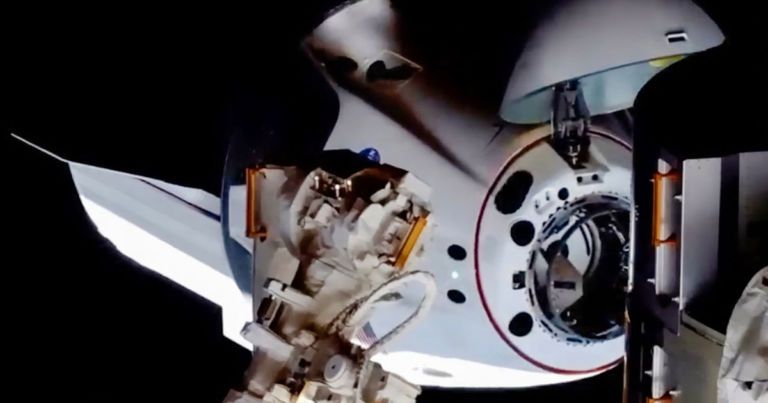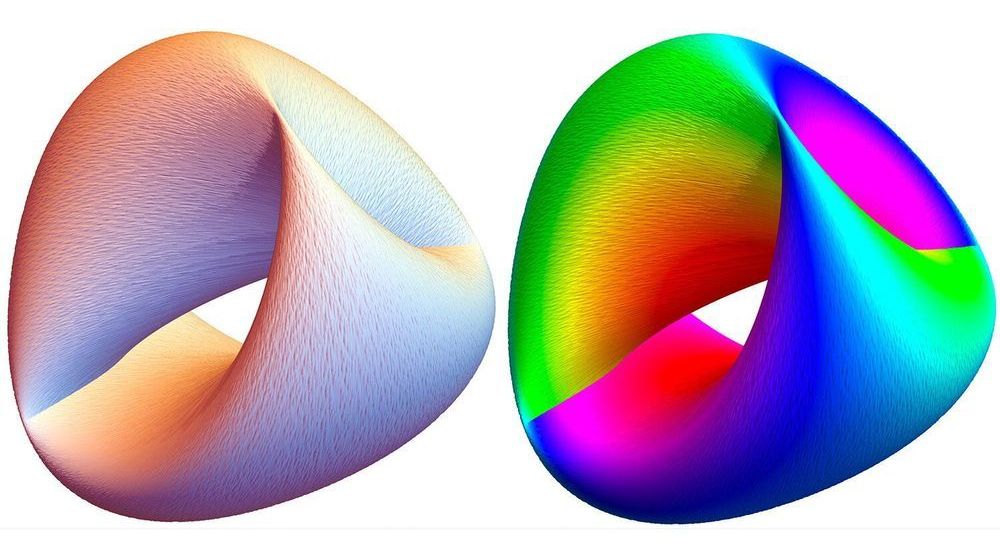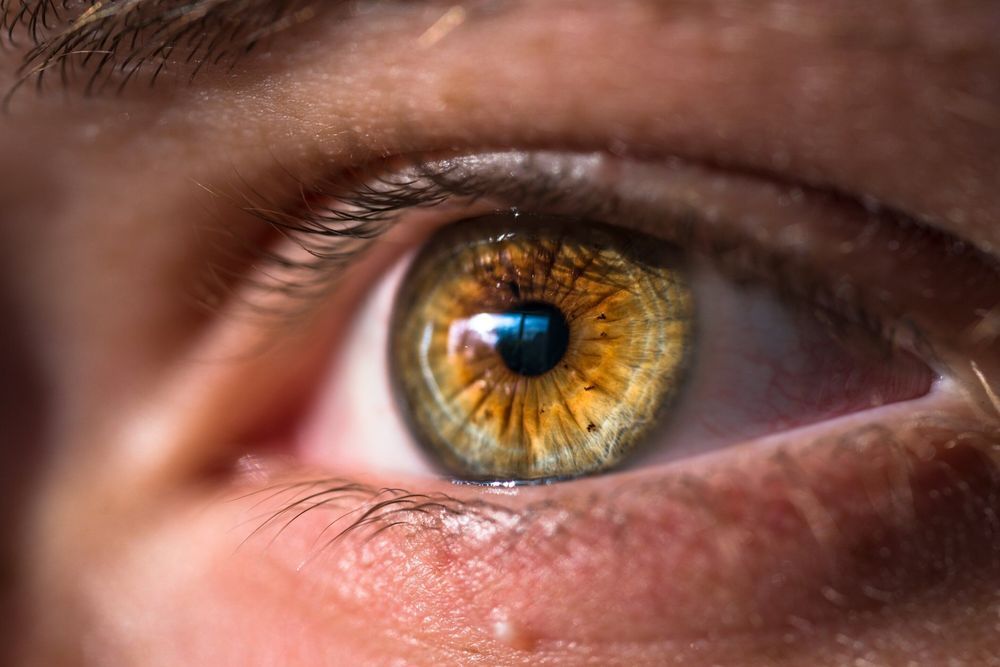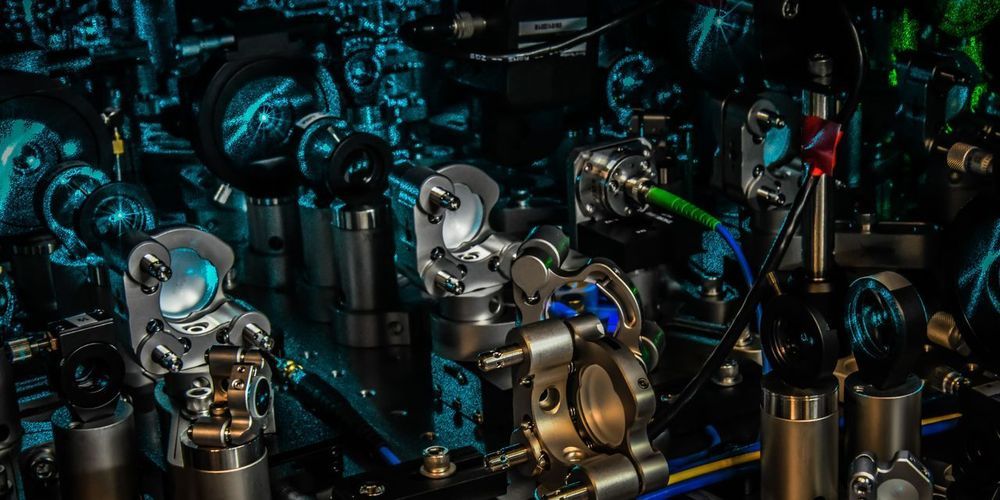The approval is not yet a final go-ahead. But it means CERN can now put substantial effort into designing a collider and researching its feasibility, while pushing to the backburner research and development efforts for alternative designs for LHC follow-ups, such as a linear eletron-positron collider or one that would accelerate muons. “I think it’s a historic day for CERN and particle physics, in Europe and beyond,” CERN director-general Fabiola Gianotti told the council after the vote.
European particle-physics lab will pursue a 100-kilometre machine to uncover the Higgs boson’s secrets — but it doesn’t yet have the funds.
